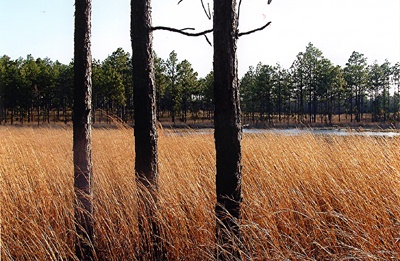All Nonfiction
- Bullying
- Books
- Academic
- Author Interviews
- Celebrity interviews
- College Articles
- College Essays
- Educator of the Year
- Heroes
- Interviews
- Memoir
- Personal Experience
- Sports
- Travel & Culture
All Opinions
- Bullying
- Current Events / Politics
- Discrimination
- Drugs / Alcohol / Smoking
- Entertainment / Celebrities
- Environment
- Love / Relationships
- Movies / Music / TV
- Pop Culture / Trends
- School / College
- Social Issues / Civics
- Spirituality / Religion
- Sports / Hobbies
All Hot Topics
- Bullying
- Community Service
- Environment
- Health
- Letters to the Editor
- Pride & Prejudice
- What Matters
- Back
Summer Guide
- Program Links
- Program Reviews
- Back
College Guide
- College Links
- College Reviews
- College Essays
- College Articles
- Back
Michiganders
9.926 million. That is how many Michiganders there are. Michiganders are beautiful, yet fierce creatures. After fourteen years of research, I have only begun to understand the beautiful Michiganders, and their habits.
Classification and Appearance
All Michiganders fall under the Homo Sapiens category and Mammal category. They all look different (different skin tones and habits), yet they all have something alike. The majority are pasty and pale, to blend into their natural, winter surroundings. Michigan is covered with snow for about 99.999% of the year, with a few days of temperatures around 50 degrees, known as summer. So, the Michiganders have adapted over time to blend in.
Climate
Climate is very important to Michiganders. Since Michiganders live in a cold region, they thrive in the snow. As I mentioned earlier, their skin is very pale to help blend into their surroundings. They begin to shed the outer layers of their fur, which they get from other animals pelts, at around 45 degrees. Some Michiganders have even been witnessed wearing short pelts at around 35 degrees.
Migration
Migration is a very important part of the Michigander’s lifestyle. Michiganders live in freezing snow for the majority of the year. To avoid being cold for most of their lives, many Michiganders migrate on a very specific week each year: Spring Break (pronounced: s-per-ing-brea-ake) . Around this time Michiganders can be seen packing large satchels, which they then load into a transportation of sort, which takes them to Florida; Michiganders have been known to travel to other warm parts of the country, but almost all Michiganders who migrate during this time head to Florida. After lounging in the warm weather, the now sunburnt Michiganders head back to their native habitat and proceed to show off how tan they are. The Migration of the Michiganders is a beautiful thing to witness. So, if you are ever in Florida around this time, look for the sweating Michiganders to witness their beautiful way of life.
Rivalries
There are many rivalries taking place throughout the territory of the Michiganders. Packs of Michiganders, called cities or schools (pronounced: ssss-cool-sss) form rivalries in a variety of different games. A few of these games include basketball, soccer, and football. A big rivalry in the Michigander’s territory is the rivalry between Michigan State University and the University of Michigan. Although the groups seem almost identical, there is a fierce competition happening that will likely end in the defeat of one of the schools.
Although the Michiganders are divided into many different rivalries, all the Michiganders will stand together and fight the school of Ohio State (pronounced: ooo-high-ooo-ss taaate.) Ohio State is deeply hated and feared by the Michiganders, so Michiganders are rarely sighted in Ohio’s territory.
Words, Phrases, and Hand Signals
Michiganders have the fascinating ability to communicate with other species. Here, I can teach you how to communicate with the Michiganders. Here are some noises to make/say to help you communicate with the Michiganders.
Op : Common noise that can mean anything: Input this word in any of your sentences.
There’s snow! : This phrase can be used all year around.
Uper (pronounced: you pper) Phrase referring to the Michiganders that live in the upper territory.
Melk: A type of drink that comes from cows- everywhere else it is pronounced as “Milk”
Mier: A surface that is reflective- everywhere else it is pronounced as “mirror”
Hand gesture: Someone holds up their left hand, with their palm facing towards them, and then points to somewhere on the back of their hand- For Michiganders, this is a fast way to show where they live in comparison to the rest of the Michigander’s territory.
Glossary
Cities- One, large, type of grouping of Michiganders
Ohio State- Big rival of the Michiganders
Schools- A second, smaller grouping of Michiganders
Spring Break- The time of year the Michiganders migrate- usually to Florida

Similar Articles
JOIN THE DISCUSSION
This article has 0 comments.
